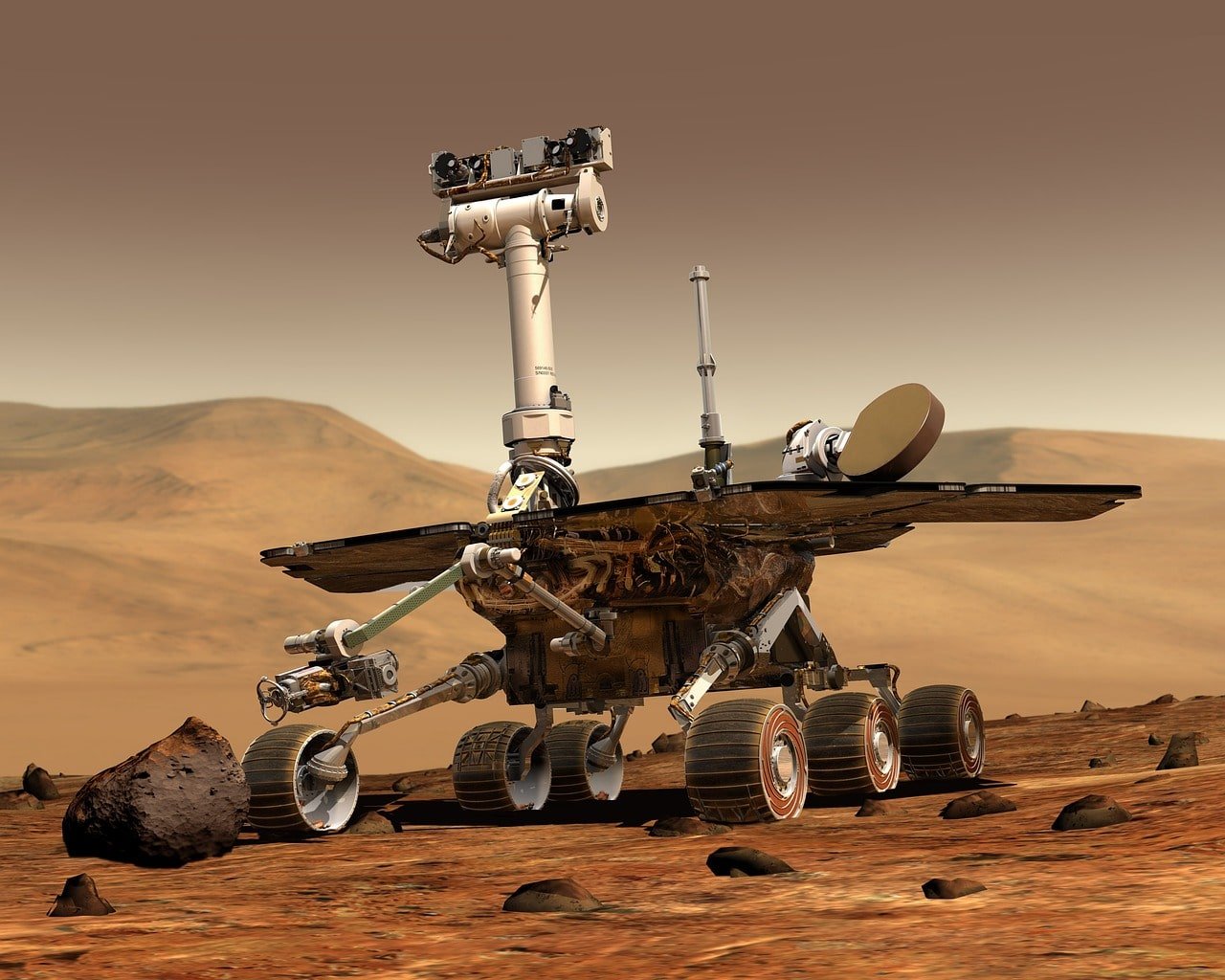Mangalyaan-2, Nine years after making history with the successful Mars Orbiter Mission, India is set to embark on another mission to the Red Planet. The Indian Space Research Organisation (ISRO) is gearing up to launch its second spacecraft to Mars, informally known as Mangalyaan-2, as reported by the Hindustan Times.
This ambitious mission is poised to expand our understanding of Mars, exploring various aspects of the planet, including interplanetary dust, the Martian atmosphere, and its environment.
Mangalyaan-1: A Landmark Achievement
Before delving into the details of the upcoming Mangalyaan-2 mission, let’s revisit the groundbreaking success of Mangalyaan-1. On September 24, 2014, India etched its name in history books by achieving Mars orbit insertion in its very first attempt.
The primary objectives of this mission included designing, realizing, and launching a Mars Orbiter spacecraft with the capability to operate autonomously during the journey phase, execute Mars orbit insertion/capture, and conduct in-orbit studies around Mars.
Mangalyaan-1 was equipped with five scientific payloads dedicated to the comprehensive study of Mars. These payloads were aimed at examining the planet’s surface features, morphology, mineralogy, and atmosphere. The mission not only showcased India’s technological prowess but also provided valuable insights into the Martian environment.
Also Read | Delhi Recorded Coldest Night of the Season with Very Poor AQI – Top Reasons |
Mangalyaan-2: Expanding Horizons
Now, as India prepares for Mangalyaan-2, the nation is eager to build upon its past success and further unravel the mysteries of Mars. This upcoming mission is slated to carry four essential payloads, each contributing to our understanding of the Red Planet in unique ways.
- Mars Orbit Dust Experiment (MODEX): This payload’s role is to investigate the origin, abundance, distribution, and flux of interplanetary dust at high altitudes on Mars. By studying these dust particles, scientists hope to gain insights into the planet’s geological history and evolution.
- Radio Occultation (RO) Experiment: The RO experiment aims to measure neutral and electron density profiles within the Martian atmosphere. It employs a microwave transmitter operating at X-band frequency to comprehend the behavior of the Martian atmosphere. This data is crucial for understanding the planet’s climate and atmospheric dynamics.
- Energetic Ion Spectrometer (EIS): To shed light on the loss of the Martian atmosphere, ISRO is developing the EIS. This instrument will characterize solar energy particles and supra-thermal solar wind particles in the Martian environment. Understanding atmospheric loss is critical for comprehending the long-term evolution of Mars.
- Langmuir Probe and Electric Field Experiment (LPEX): LPEX will enable the measurement of electron number density, electron temperature, and electric field waves on Mars. These measurements will provide a more comprehensive picture of the plasma environment surrounding the planet. Understanding the plasma environment is vital for understanding the interactions between the Martian atmosphere and the solar wind.
India’s Continued Space Exploration
India’s pursuit of Mars exploration is just one facet of its broader commitment to space research and discovery. Over the years, ISRO has established itself as a prominent player in the global space community.
Notable achievements include the Chandrayaan missions to the Moon, the launch of a record-breaking number of satellites in a single mission, and the development of its own navigation system, the Indian Regional Navigation Satellite System (IRNSS), which is also known as NavIC.
ISRO’s efforts in space exploration have not only advanced scientific knowledge but have also paved the way for practical applications in areas such as communication, weather forecasting, and disaster management.
As India embarks on its Mangalyaan-2 mission, the world watches with anticipation, eager to see the new insights and discoveries that will undoubtedly expand our understanding of the Red Planet. With a history of successful space missions, India’s endeavors continue to inspire and contribute to the global pursuit of knowledge beyond our planet’s boundaries.
Conclusion
India’s upcoming Mangalyaan-2 mission represents the country’s continued commitment to space exploration and scientific discovery. Building on the success of the Mangalyaan-1 mission, the new spacecraft will carry four essential payloads, each designed to provide unique insights into Mars.
ISRO’s dedication to space research and exploration continues to inspire and contribute to our global understanding of the cosmos. As the mission unfolds, it promises to uncover new knowledge about the Red Planet and our place in the universe.
